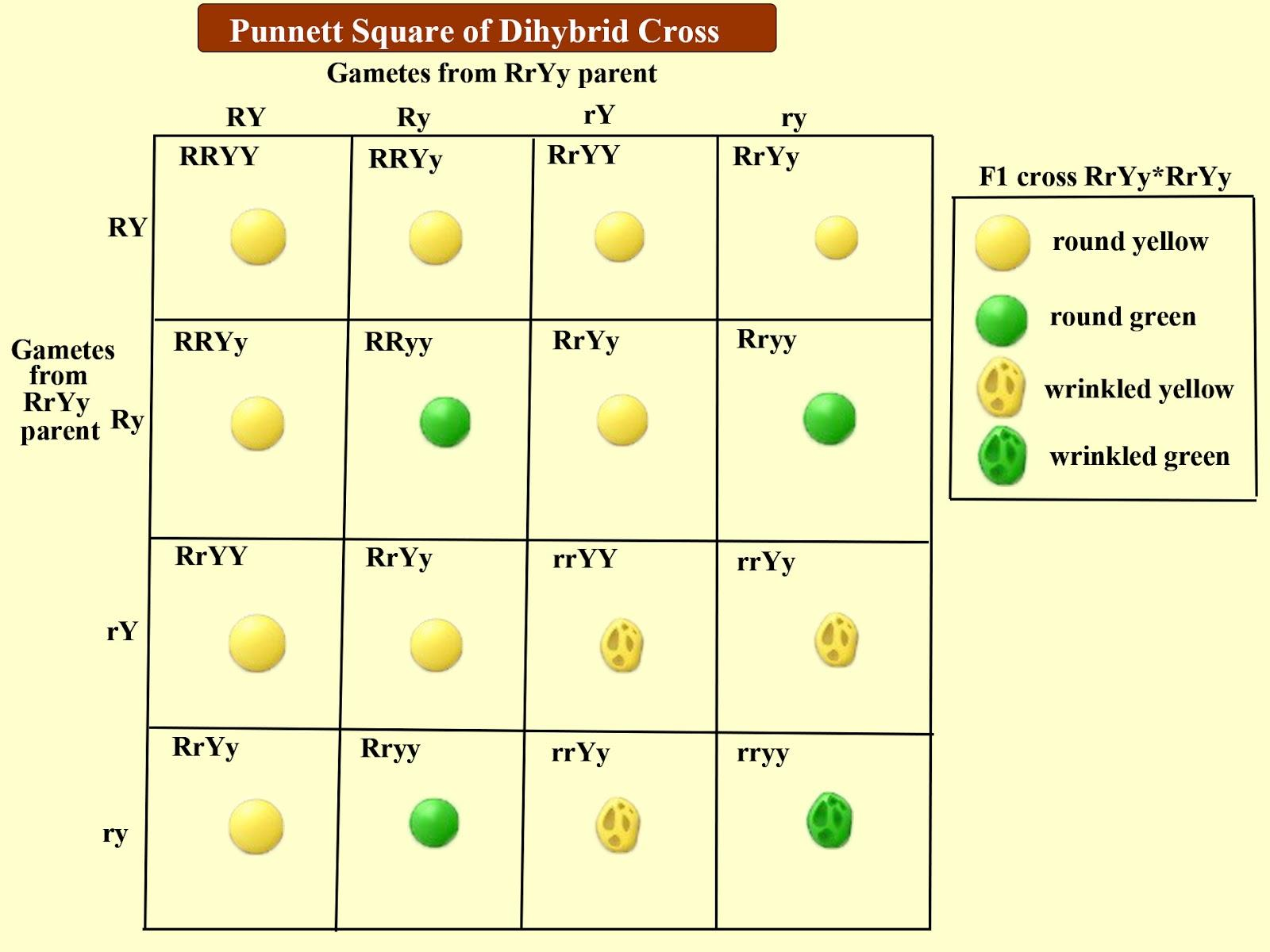Out Of This World Info About How To Write A Phenotypic Ratio

Choosing the characters to be crossed or the characters under study.
How to write a phenotypic ratio. If the pattern of inheritance (dominant or recessive) is known, the phenotypic ratios can be inferred as well. Rank the frequencies from smallest to largest by writing a number next to each of the categories. Divide each frequency by the smallest one, and note the answer.
Alternative forms of genes are. For example, if we are studying the. In genetics, the genotype is the genetic makeup of an organism, whereas phenotype is the physical traits.
It is also possible to work out which parent. Compared to 4:0) also, if the results are 2 homozygous. A phenotypic ratio is a quantifiable relationship between phenotypes that shows how often the frequency of one phenotype corresponds with the frequency.
How do you write a phenotypic ratio? Phenotype is the morphology of an organism. Would you write the genotypic ratio as 0:0:4 then and the phenotypic as 0:4?
4x4 punnett squares might be quite a challenge! Because allele a is recessive, when it appears with a dominant allele, the trait it carries is. The phenotype ratio is 4:0 (4 purple :
The genotypic ratio is the ratio depicting the different genotypes of the offspring from a test cross. To keep things simple, you do not need to reduce the ratio. Genotypic ratios and phenotypic ratios for punnett squares.
It describes about the nature of each allele. By applying mendel’s laws of inheritance, cross. Identify the genotypes of the parent organisms.
In this video i will discuss setting up the ratios and. Out of these crosses, all of the f1 offspring had the phenotype of. Mendel performed seven types of monohybrid crosses, each involving contrasting traits for different characteristics.
It is located on chromosomes. By applying mendel’s laws of inheritance, cross them by. The basic steps of calculation are:
0 white) meaning there are 100% purple and 0% white flowers. By applying the product rule to all of these combinations of phenotypes, we can predict a 9:3:3:1 phenotypic ratio among the progeny of a dihybrid cross, if certain. The phenotypic ratio is the number of times a specific combination of alleles appears in the predicted phenotypes of any offspring.

















